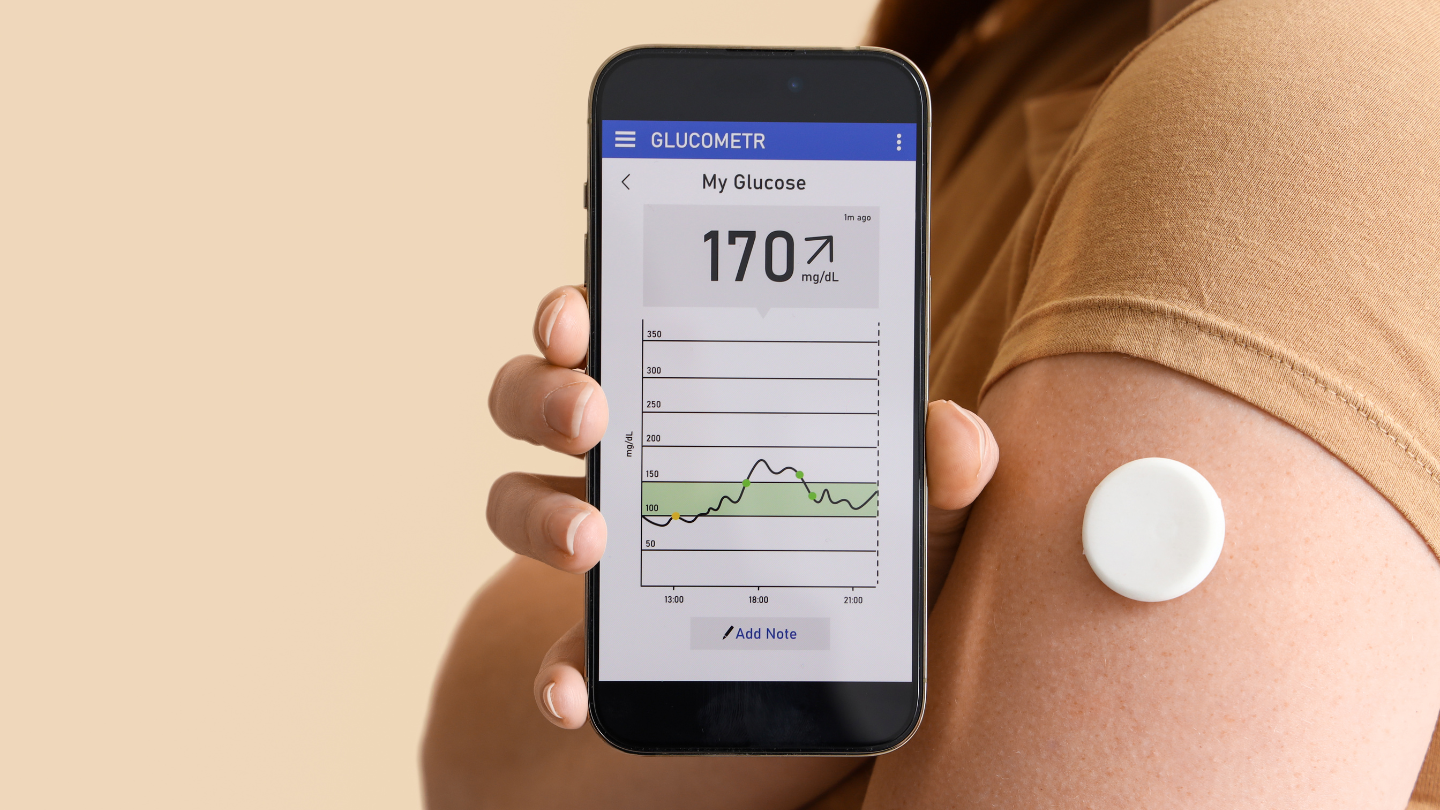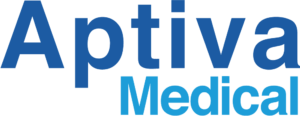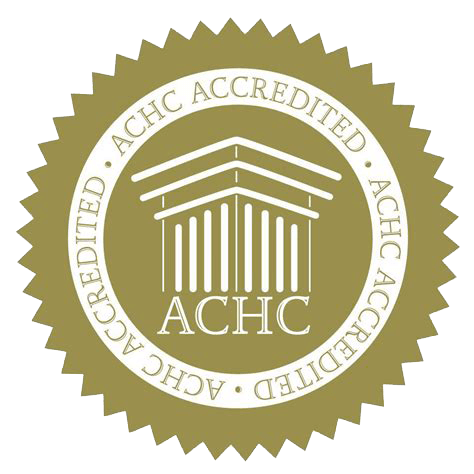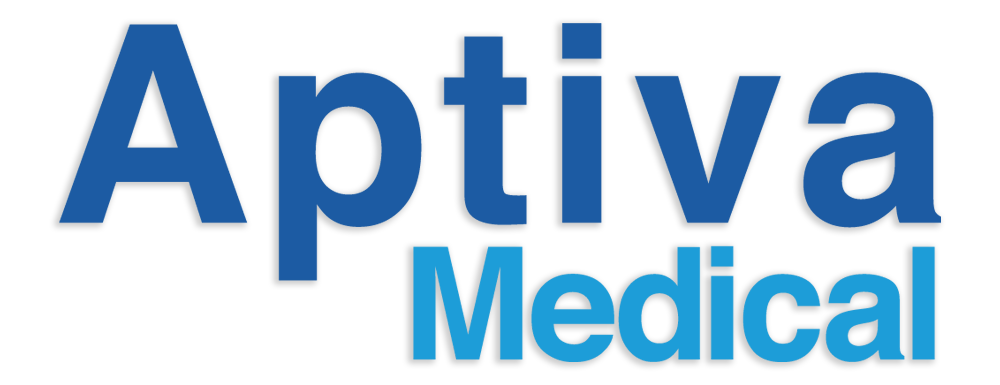
Struggling with diabetes management at work? CGM devices could be your solution. Tailored for real-time glucose monitoring, CGM helps employees control their diabetes without missing a beat professionally. Explore how you can leverage CGM technology to help your team stay healthy and maintain productivity in the office.
Key Takeaways
- Diabetes management impacts both employee wellness and productivity, with total costs associated with diabetes rising dramatically, which underscores the need for employers to foster supportive environments and implement effective management strategies like using CGM technology.
- CGM devices provide real-time glucose level monitoring, offering numerous benefits including reducing significant health risks, enabling effective management of diabetes, and thus supporting overall employee performance and reducing the economic burden on employers.
- Employers integrating CGM into their health programs must comply with legal and ethical standards, focusing on confidentiality and proper use of health data, while fostering inclusivity and support to create a positive work culture that promotes employee health and engagement.
Why Diabetes Management is a Workplace Priority?
The economic impact of diabetes on employers is substantial. According to a study published by the American Diabetes Association, the total costs associated with diabetes in the U.S. soared from $245 billion in 2012 to $327 billion in 2017, encompassing both direct medical costs and indirect costs such as lost productivity. This emphasizes the urgent need for effective diabetes management strategies within the workplace.
One critical aspect of diabetes management involves maintaining healthy blood glucose levels, also known as blood sugar, and adjusting insulin dose as required through proper insulin administration. Unstable glucose levels, particularly high blood glucose (hyperglycemia) and low blood glucose (hypoglycemia), can lead to severe complications that can affect an employee’s health and productivity.
Diabetes technology has emerged as a powerful tool in this fight. Continuous glucose monitoring (CGM) devices, for example, can provide real-time data on glucose trends. This allows employees to detect glucose level fluctuations and adjust their diet or medication more effectively, thereby preventing extreme hyperglycemic and hypoglycemic episodes.
Creating a supportive work environment is crucial in managing diabetes in the workplace. By understanding and accommodating the needs of employees with diabetes, employers can promote a healthier and more productive work environment.
Technology Explained

CGM devices, also known as continuous glucose monitors, work by constantly monitoring glucose levels through a sensor placed under the skin, providing real-time data on glucose trends. This technology has revolutionized diabetes management by providing users with the tools they need to maintain healthier glucose levels, thus directly improving their health and productivity.
One of the key benefits of CGM systems is their ability to detect glucose level fluctuations. With this technology, users can:
- Adjust their diet or medication more effectively
- Prevent extreme hyperglycemic and hypoglycemic episodes
- Improve productivity in the workplace
- Reduce health risks associated with sudden changes in glucose levels
This can be a lifesaver in the workplace, where sudden changes in glucose levels can disrupt productivity and even pose a health risk.
Data is a central aspect of CGM technology. By providing real-time glucose trends, CGM devices allow users to make informed decisions about their health. This data can also be used by healthcare professionals to monitor a patient’s condition and adjust treatment plans as necessary.
The future of diabetes management is directly related to the evolution of technology. As CGM devices become increasingly sophisticated, they will continue to provide users with the tools they need to manage their condition effectively. This will not only improve health outcomes for individuals with diabetes but also significantly reduce the economic burden of the disease on businesses.
In conclusion, CGM technology is a game-changer in the field of diabetes management. By providing real-time data on glucose trends, these devices empower employees to manage their condition effectively, leading to a healthier and more productive work environment.
Legal and Ethical Foundations for Workplace Diabetes Management
Managing diabetes in the workplace involves:
- Providing the right tools and creating a supportive environment
- Ensuring that diabetes management programs comply with federal and state laws
- Maintaining confidentiality and respecting the privacy of employees
When implementing CGM systems in the workplace, employers must ensure that they adhere to privacy laws and ethical standards concerning employee health data, including those related to medical examination. This includes maintaining employee confidentiality and ensuring that health data is used appropriately and responsibly.
Beyond legal compliance, managing diabetes in the workplace ethically supports a diverse and inclusive workforce. Providing employees with the tools and support they need to manage their condition can enhance overall employee morale and loyalty, leading to a more productive and harmonious workplace.
Benefits of CGM for Employee Health and Productivity
The benefits of CGM for employee health and productivity are significant. For starters, well-managed diabetes through CGM reduces absenteeism. Employees who manage their diabetes effectively are less likely to miss work due to diabetes-related complications, which directly reduces absenteeism and associated costs.
CGM also enhances on-the-job performance. Stable glucose levels help maintain optimal cognitive function, reducing errors and increasing overall work performance. This can lead to increased productivity and, ultimately, a more successful business.
Furthermore, employees who feel supported in managing their health conditions are more likely to be engaged and satisfied with their jobs. This fosters a positive work environment, which can have a ripple effect on the entire workforce.
Lastly, effective diabetes management with CGM can lead to:
- Lower health insurance claims for diabetes-related conditions
- Savings on premiums for both employers and employees
- Early detection and management of potential health issues
- Prevention of costly long-term complications associated with unmanaged diabetes.
Integrating CGM into Corporate Health Programs

Incorporating CGM into corporate health programs can be incredibly beneficial. CGM can be included in broader health and wellness challenges, motivating employees to engage actively with their health.
Hosting regular health fairs can also be an effective way to integrate CGM into the workplace. These events can include live demonstrations and Q&A sessions with healthcare providers who specialize in diabetes care. This can increase comfort and familiarity with the devices and encourage employees to take an active role in managing their health.
Feedback mechanisms are also essential. Establishing a feedback loop where employees can report their experiences and suggestions regarding CGM usage can help tailor the program to better meet their needs. Corporate partnerships with CGM providers can also facilitate group discounts and provide tailored educational workshops for employees.
Fostering a Supportive Work Environment
Creating a supportive work environment for employees managing diabetes with CGM involves several key strategies. One of these is leadership training. Training leaders and managers on the specifics of diabetes and CGM technology can foster an inclusive leadership style and ensure that team members are well-supported.
Recognition programs can also play an important role. By recognizing and rewarding departments or teams that excel in creating a supportive environment for health management, employers can promote healthy competition and encouragement among health care professionals through benefits programs.
Furthermore, developing a network of health mentors or champions, offering flexible work arrangements, and creating support groups or forums can significantly boost the support available to employees managing their diabetes. These strategies can provide peer support, accommodate health-related needs, and create a platform for sharing experiences and advice.
Summary
To recap, managing diabetes in the workplace is a multifaceted challenge that requires a comprehensive approach. From understanding the economic implications of diabetes to implementing the right technology, creating a supportive work environment, and adhering to legal and ethical considerations, every aspect plays a crucial role in fostering a healthier and more productive workforce.
Continuous glucose monitoring represents a significant leap forward in diabetes management. As we look to the future, it’s clear that embracing this technology and integrating it into the workplace is not just beneficial – it’s essential for the health and productivity of our workforce.
Frequently Asked Questions
What is CGM and how does it work?
CGM, or continuous glucose monitoring, involves placing a sensor under the skin to continuously monitor glucose levels and provide real-time data on glucose trends. This helps individuals manage their diabetes more effectively.
How does CGM benefit employees with diabetes?
CGM can benefit employees with diabetes by helping them effectively manage their condition, reducing absenteeism, enhancing on-the-job performance, and preventing long-term complications. This can lead to increased engagement and satisfaction.
How can CGM be integrated into corporate health programs?
To integrate CGM into corporate health programs, consider incorporating it into wellness challenges, health fairs, and feedback mechanisms. Additionally, establishing partnerships with CGM providers can help to secure group discounts and offer educational workshops.
What strategies can employers use to create a supportive work environment for employees with diabetes?
To create a supportive work environment for employees with diabetes, employers can offer leadership training, recognition programs, health mentors, flexible work arrangements, and support groups for diabetes management. These measures can help employees feel supported and empowered in the workplace.
















